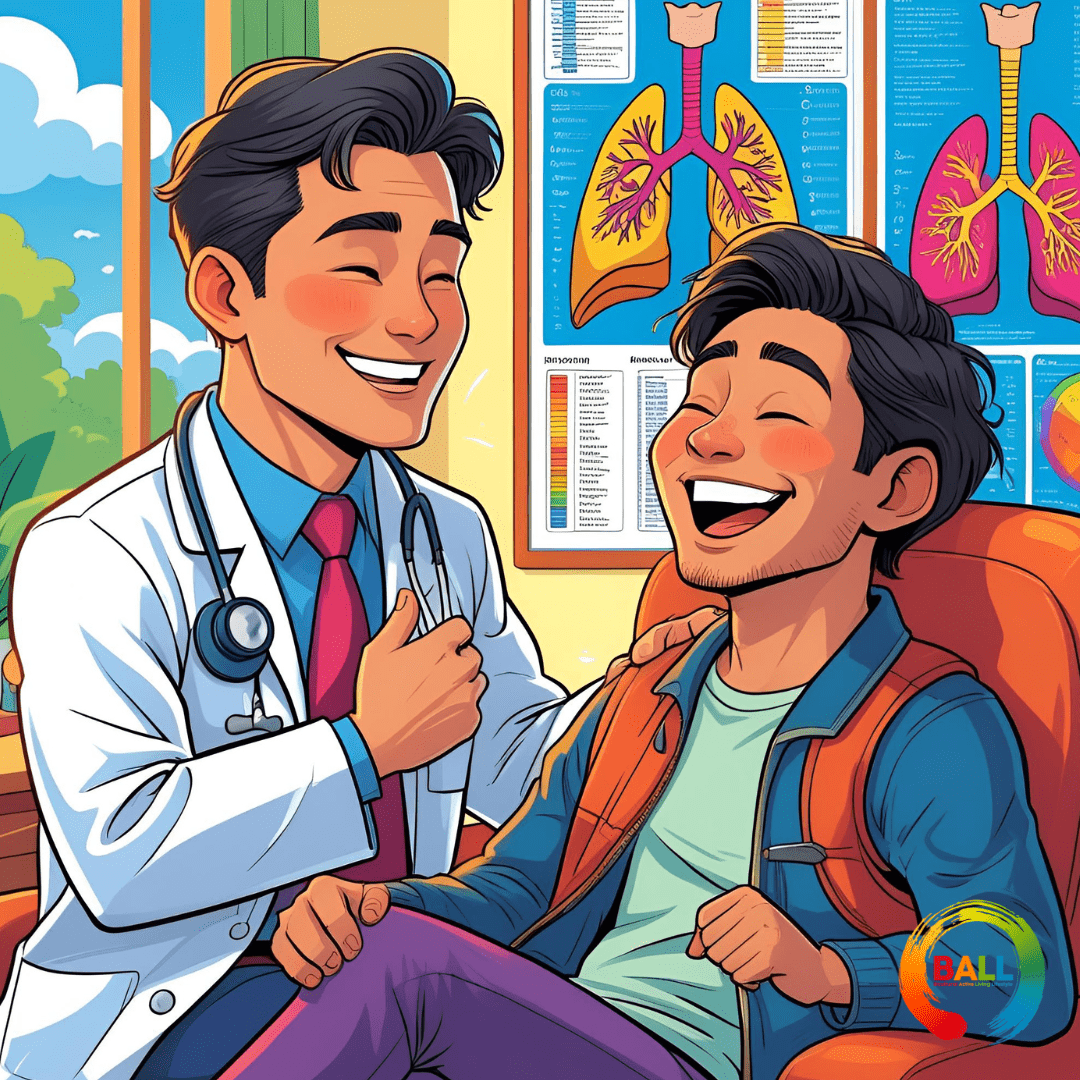Smoking is one of the leading causes of respiratory disease, impacting lung health at every stage of life. It is responsible for about 8 in 10 COPD-related deaths in the United States, worsens asthma in both adults and adolescents, and increases the risk for tuberculosis, pneumonia, and chronic bronchitis. Additional consequences include reduced lung function, impaired lung growth in youth, and heightened risk of respiratory cancers. Secondhand smoke is equally dangerous—causing lower-respiratory illnesses and impaired lung function in children, and contributing to adult-onset asthma and COPD. Quitting smoking at any age can significantly improve respiratory health by reducing the risk of COPD, slowing its progression, lowering cancer risk, improving asthma management, and decreasing respiratory symptoms and infections.
Key facts about smoking and your lungs:
- Causes ~8 in 10 COPD-related deaths in the U.S.
- Worsens asthma in adults and adolescents
- Increases the risk for tuberculosis, pneumonia, and chronic bronchitis
- Reduces lung function and impairs lung growth in children and teens
- Secondhand smoke can cause respiratory illnesses in kids and contribute to COPD and adult-onset asthma
Benefits of quitting smoking:
- Lowers the risk of developing COPD and slows its progression
- Improves lung function and reduces cancer risk
- Eases symptoms like coughing, wheezing, and shortness of breath
- Reduces risk of respiratory infections such as bronchitis and pneumonia
While the damage caused by smoking is substantial, the body begins to heal the moment a person quits. For healthcare professionals, supporting and guiding patients toward cessation can be one of the most powerful interventions for long-term respiratory wellness. Protecting your lungs—whether by quitting or avoiding secondhand smoke—is one of the best investments you can make in your health.
Reference:https://www.cdc.gov/tobacco/hcp/patient-care-settings/respiratory.html







